Growing Demand for Dark Chocolate
The chocolate market in Europe is experiencing a notable shift towards dark chocolate, driven by its perceived health benefits and rich flavor profile. Recent data indicates that dark chocolate sales have surged by approximately 20% over the past year, reflecting a growing consumer preference for products with higher cocoa content. This trend is particularly pronounced among health-conscious consumers who are increasingly aware of the antioxidant properties associated with dark chocolate. As a result, manufacturers are expanding their product lines to include a variety of dark chocolate options, catering to diverse taste preferences. This growing demand for dark chocolate is likely to continue influencing the chocolate market in Europe, as brands seek to innovate and differentiate their offerings to capture this expanding segment.
Rise of Online Chocolate Retailing
The chocolate market in Europe is experiencing a significant transformation due to the rise of online retailing. E-commerce platforms have become increasingly popular among consumers seeking convenience and a wider selection of chocolate products. Recent data indicates that online chocolate sales have grown by approximately 25% in the past year, reflecting a shift in shopping habits. This trend is particularly relevant in urban areas, where busy lifestyles drive consumers to seek out online purchasing options. Additionally, the ability to access niche and artisanal brands through online channels has further fueled this growth. As a result, traditional brick-and-mortar retailers are adapting their strategies to incorporate online sales, recognizing the importance of a robust digital presence in the chocolate market in Europe.
Focus on Health and Wellness Trends
The chocolate market in Europe is increasingly influenced by health and wellness trends, as consumers seek products that align with their dietary preferences and lifestyle choices. There is a growing interest in chocolate products that are low in sugar, high in fiber, and made with natural ingredients. Recent surveys indicate that approximately 30% of consumers are actively seeking healthier chocolate options, prompting manufacturers to reformulate their products to meet these demands. This shift is particularly evident in the rise of sugar-free and organic chocolate varieties, which are gaining popularity among health-conscious consumers. As the focus on health and wellness continues to shape consumer behavior, it is likely that the chocolate market in Europe will see further innovation in product offerings that cater to this evolving landscape.
Impact of Artisan and Craft Chocolate
The chocolate market in Europe is witnessing a rise in artisan and craft chocolate brands, which are gaining traction among consumers seeking unique and high-quality products. These brands often emphasize small-batch production, premium ingredients, and innovative flavor combinations, appealing to discerning chocolate lovers. Recent statistics suggest that the artisan chocolate segment has grown by approximately 15% in the last year, indicating a shift in consumer spending towards premium offerings. This trend is further fueled by the increasing popularity of local and regional products, as consumers show a preference for supporting small businesses and sustainable practices. Consequently, the emergence of artisan chocolate brands is reshaping the competitive landscape of the chocolate market in Europe, prompting established players to adapt their strategies to remain relevant.
Evolving Consumer Preferences for Flavors
The chocolate market in Europe is characterized by evolving consumer preferences for diverse and exotic flavors. As consumers become more adventurous in their culinary choices, there is a growing demand for chocolate products infused with unique ingredients such as spices, fruits, and herbs. Recent market analysis indicates that flavor innovation has contributed to a 10% increase in sales of specialty chocolate products over the past year. This trend is particularly evident among younger consumers, who are more inclined to experiment with unconventional flavor profiles. As a result, manufacturers are increasingly investing in research and development to create innovative flavor combinations that resonate with this demographic. The emphasis on flavor diversity is likely to play a crucial role in shaping the future of the chocolate market in Europe, as brands strive to capture the attention of adventurous consumers.


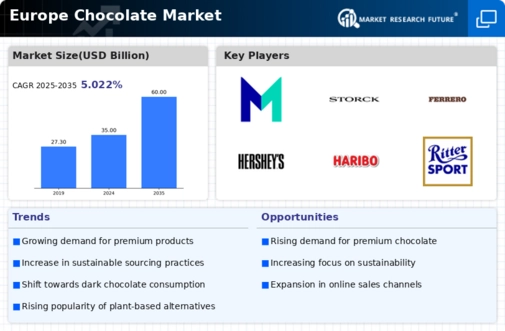
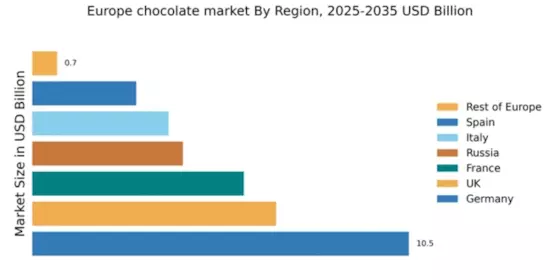
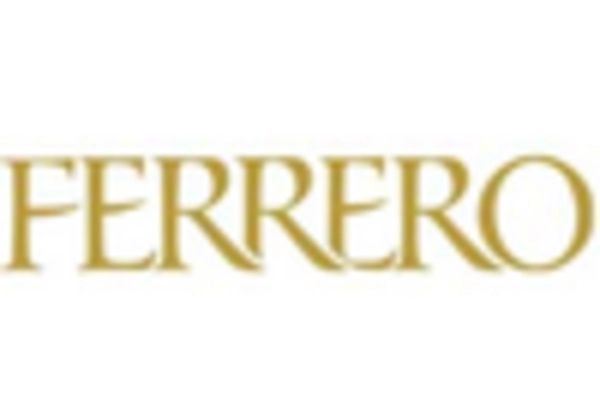
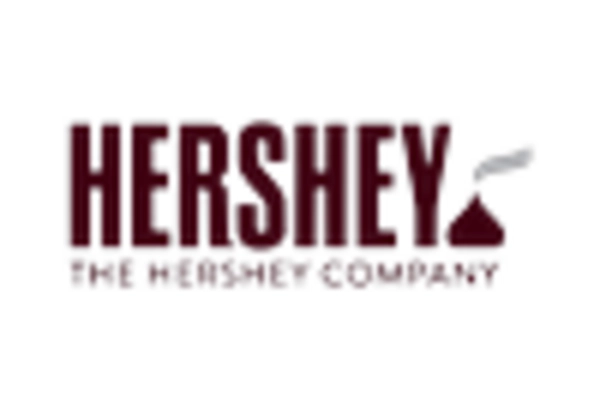
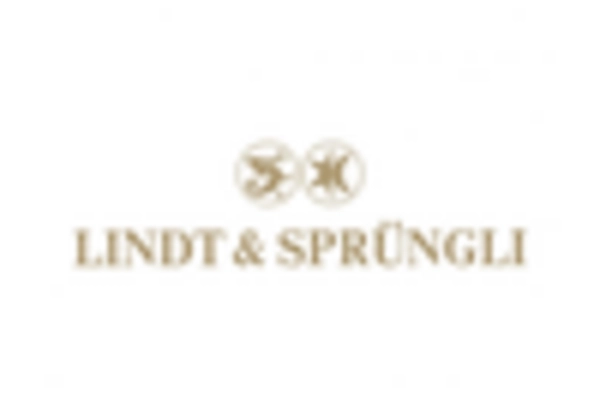


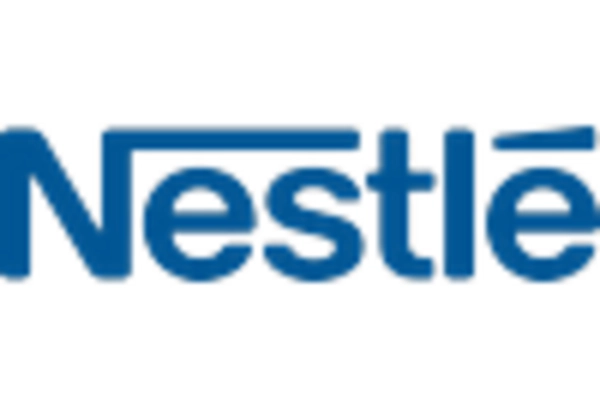








Leave a Comment